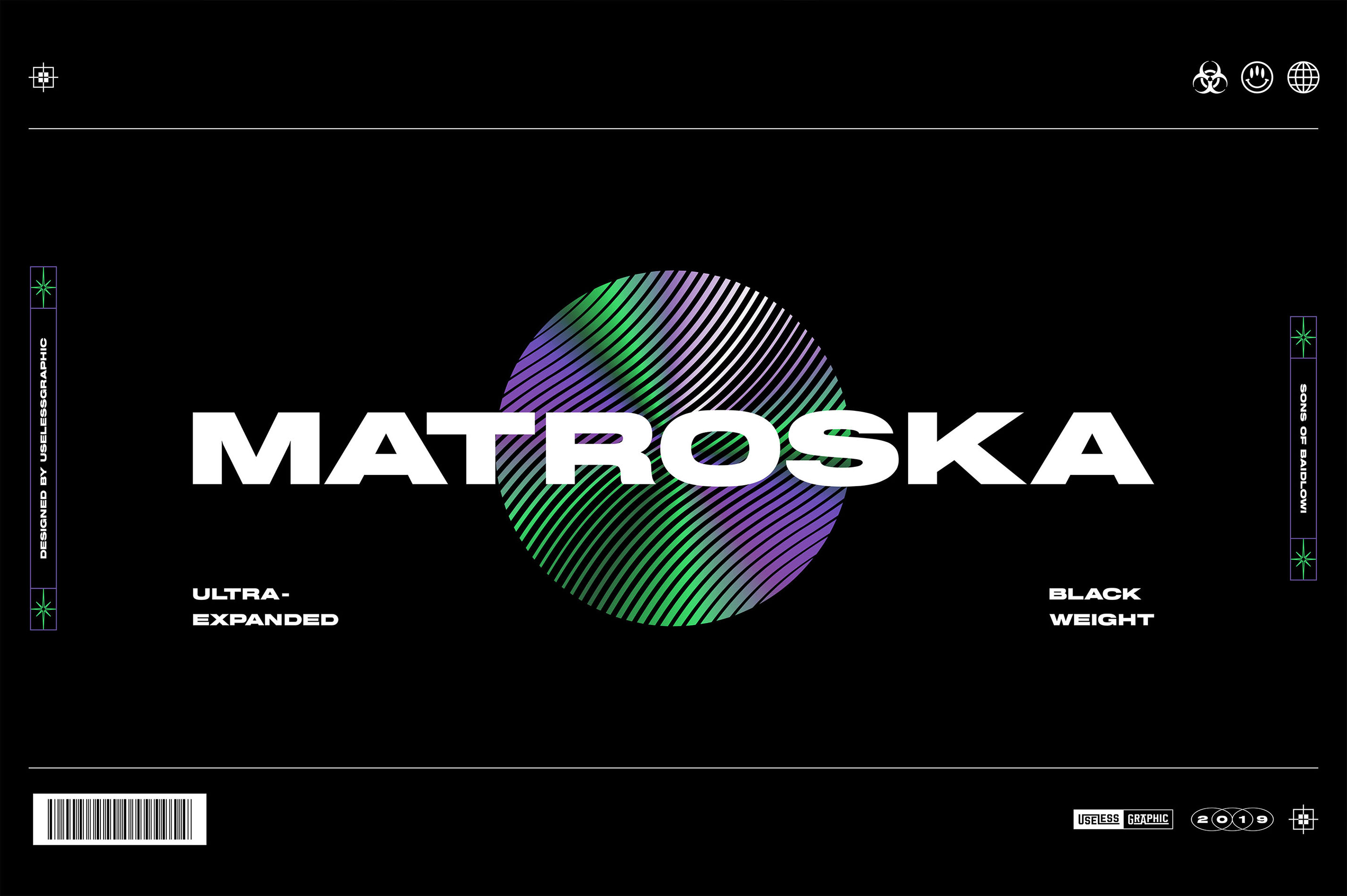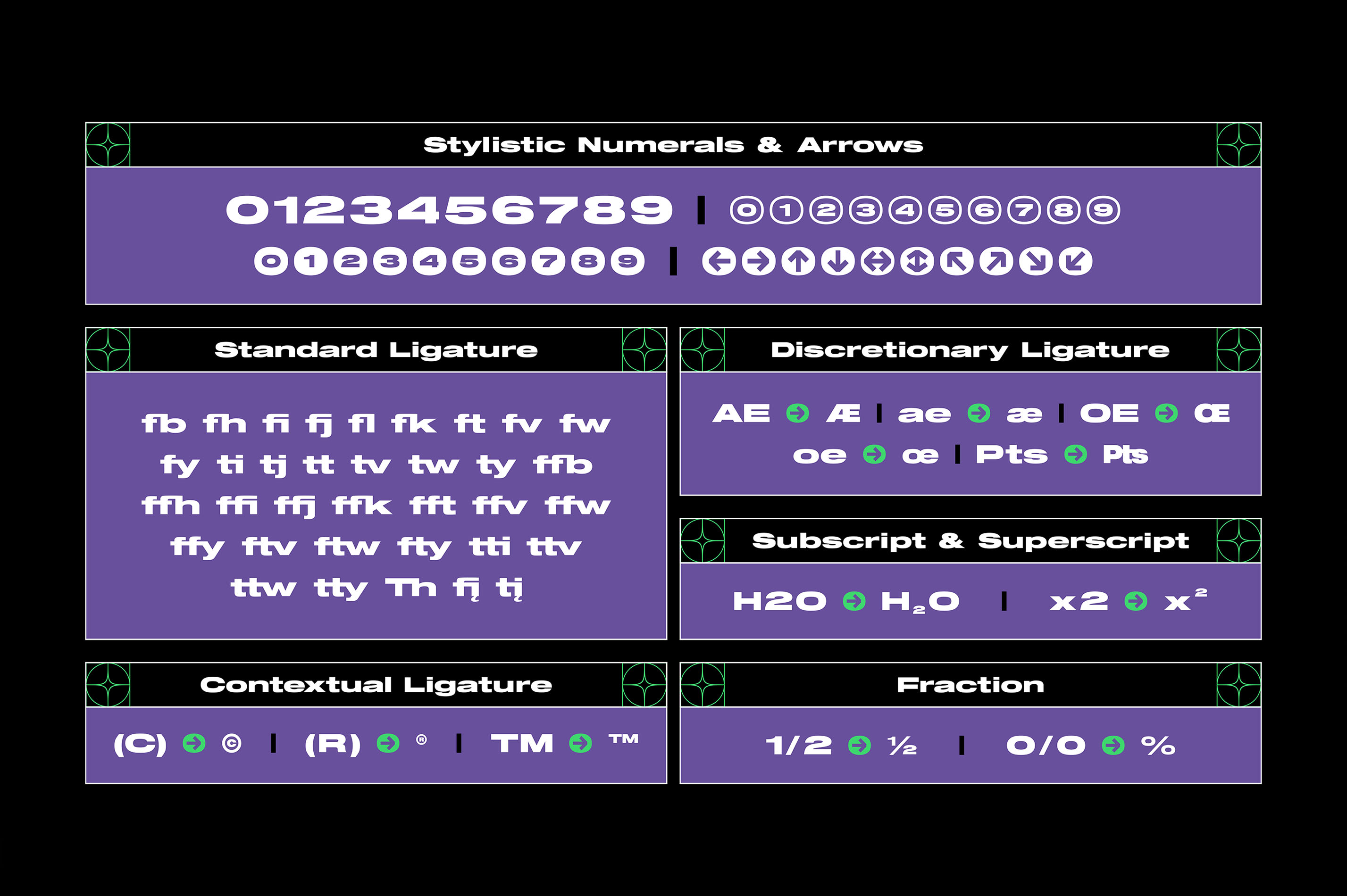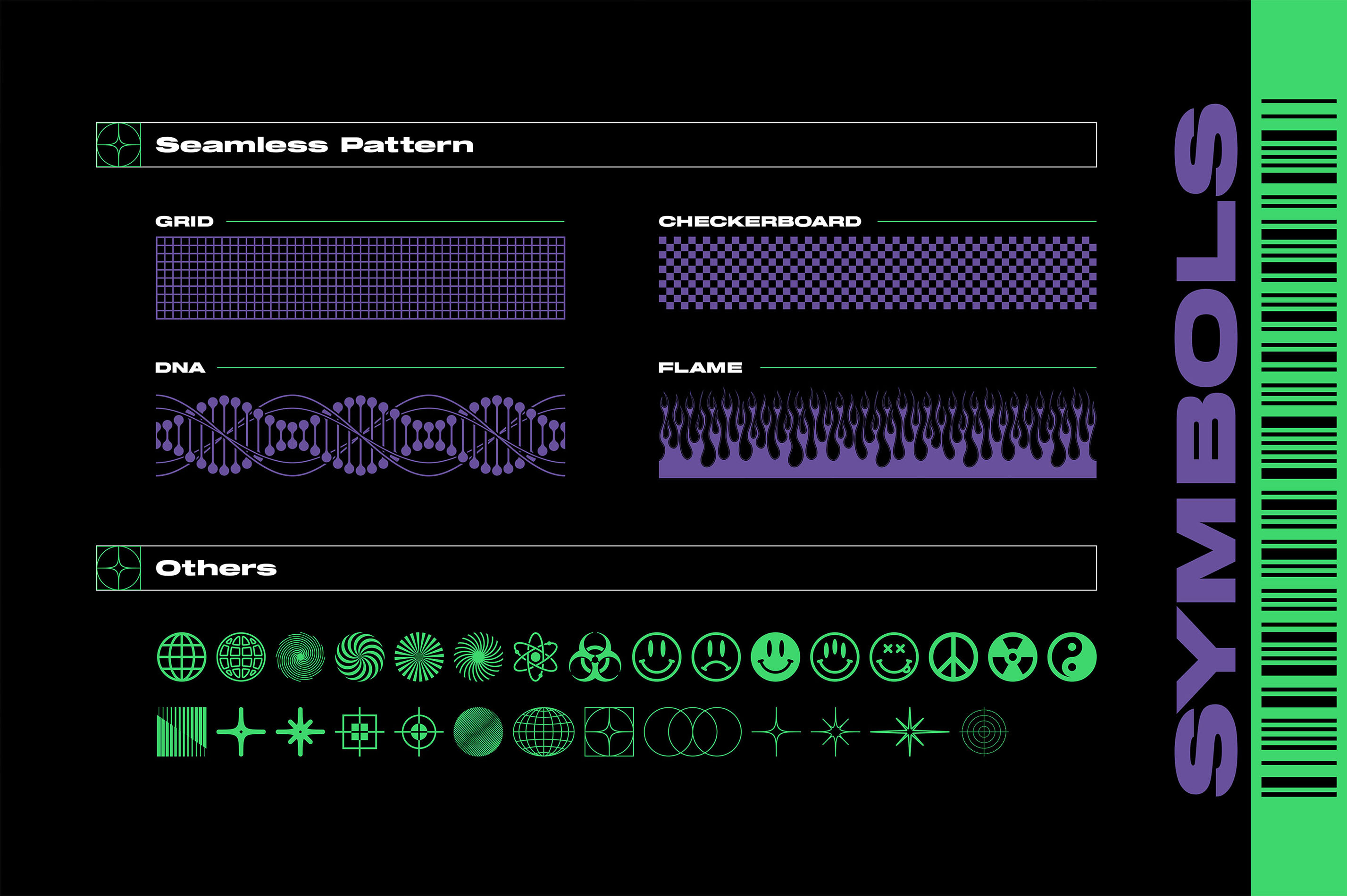Unlocking The Power Of Matroska Video: Your Ultimate Guide To MKV
Hey there, tech enthusiast! If you've ever stumbled upon the term "Matroska Video" or come across files with the .mkv extension, you're in for a treat. Matroska Video, commonly referred to as MKV, is more than just another file format—it’s a game-changer in the world of multimedia. Whether you're a casual watcher or a video editing guru, understanding MKV can enhance your digital experience. So, buckle up and let’s dive into the world of Matroska Video!
Matroska Video has been making waves in the tech community for years now. But what exactly is it? Simply put, MKV is an open-standard container format that can hold multiple types of media files—audio, video, subtitles, and even images—all in one neat package. It’s like a Swiss Army knife for your media needs, offering flexibility and compatibility that other formats struggle to match.
In this guide, we’ll break down everything you need to know about Matroska Video, from its origins and benefits to how you can use it in your daily life. Whether you're looking to improve your movie-watching experience or level up your video editing skills, this article’s got you covered. So, let’s get started, shall we?
Table of Contents:
- What is Matroska Video?
- History of Matroska
- Benefits of Using MKV
- MKV vs. Other Video Formats
- How to Play MKV Files
- Editing MKV Files
- Converting MKV Files
- Security and Privacy with MKV
- Frequently Asked Questions
- Conclusion
What is Matroska Video?
Matroska Video, often referred to as MKV, is a versatile container format designed to store multimedia content. Unlike other formats that focus solely on video or audio, MKV allows you to bundle multiple types of media into a single file. This means you can have your favorite movie, its accompanying subtitles, and even audio tracks in different languages—all in one convenient package.
But wait, there’s more! MKV supports almost all modern video and audio codecs, making it highly compatible with a wide range of devices and software. Whether you're using a smartphone, laptop, or smart TV, chances are you can play MKV files without breaking a sweat.
Why Choose MKV?
Choosing MKV over other formats comes down to its flexibility and advanced features. For instance, MKV supports chapter markers, which make it easier to navigate long videos. It also allows for easy editing, so you can tweak your files without losing quality. Plus, its open-source nature means you don’t have to worry about licensing issues.
History of Matroska
Matroska was born out of a desire to create a universal multimedia container that could handle everything from high-definition videos to complex subtitles. The project started in 2002, and since then, it has evolved into one of the most popular formats for storing and sharing digital media.
The name "Matroska" itself is derived from the Russian nesting dolls, or "Matryoshka," symbolizing the format’s ability to hold multiple layers of content within a single file. Over the years, Matroska has gained traction among developers, enthusiasts, and even mainstream users thanks to its robust features and adaptability.
Key Milestones in Matroska’s Journey
- 2002: The initial release of the Matroska format.
- 2003: Introduction of the MKV (Matroska Video) extension.
- 2008: Adoption by major video platforms and software developers.
- 2020s: Continued growth and support for 4K and HDR content.
Benefits of Using MKV
So, why should you care about MKV? Well, there are plenty of reasons! Here are some of the top benefits of using Matroska Video:
- Compatibility: MKV supports a wide range of codecs, ensuring your files play seamlessly across different devices.
- Flexibility: With MKV, you can include multiple audio tracks, subtitles, and even chapters in a single file.
- Quality: MKV preserves the original quality of your media, whether it’s a 1080p movie or a 4K masterpiece.
- Open Source: Being open source means no proprietary restrictions or licensing fees.
How MKV Stands Out
In a world where file formats are constantly evolving, MKV remains a standout choice. Its ability to adapt to new technologies, such as HDR and Dolby Atmos, ensures it stays relevant in the ever-changing digital landscape. Plus, its active development community means regular updates and improvements.
MKV vs. Other Video Formats
While MKV is undoubtedly powerful, it’s not the only player in the game. Let’s compare it to some of the most popular video formats out there:
MP4
MP4 is widely used and supported by almost every device. However, it lacks the advanced features of MKV, such as multi-language support and chapter markers. If you prioritize simplicity, MP4 might be the better choice. But for those seeking more control over their media, MKV takes the crown.
AVI
AVI was once the go-to format for video enthusiasts, but it has fallen out of favor due to its limitations. AVI doesn’t support modern codecs as well as MKV does, and its file size tends to be larger. Unless you’re working with legacy systems, there’s little reason to choose AVI over MKV.
WebM
WebM is another open-source format developed by Google. While it’s great for web streaming, it doesn’t offer the same level of flexibility as MKV. If you’re looking for a format that excels in both offline and online use, MKV is the clear winner.
How to Play MKV Files
Playing MKV files is easier than you might think. Most modern media players, such as VLC, MPC-HC, and PotPlayer, support MKV out of the box. If you’re using an older player or a device that doesn’t natively support MKV, you can download codecs or use a player that does.
Here’s a quick guide to playing MKV files:
- Download and install a compatible media player (e.g., VLC).
- Open the player and select the MKV file you want to play.
- Enjoy your media without worrying about compatibility issues.
Tips for Smoother Playback
For the best experience, make sure your device meets the system requirements for playing MKV files. This includes having enough storage, processing power, and the latest software updates. Additionally, consider disabling unnecessary background apps to free up resources for smoother playback.
Editing MKV Files
Editing MKV files doesn’t have to be a headache. Thanks to tools like MKVToolNix and HandBrake, you can easily modify your MKV files without compromising quality. Whether you want to add subtitles, remove audio tracks, or split the file into smaller parts, these tools make the process straightforward.
Here’s how you can edit MKV files:
- Download and install MKVToolNix or HandBrake.
- Open the tool and load your MKV file.
- Make the desired changes, such as adding subtitles or adjusting audio tracks.
- Save the edited file and enjoy your customized media.
Common Editing Tasks
- Adding Subtitles: MKV makes it easy to include subtitles in your favorite languages.
- Removing Tracks: You can remove unwanted audio or video tracks to reduce file size.
- Splitting Files: Need to split a long movie into smaller parts? MKV has got you covered.
Converting MKV Files
While MKV is versatile, there may be times when you need to convert it to another format. Luckily, there are plenty of tools available to help with this. Programs like Freemake Video Converter and OnlineConvert can convert MKV files to formats like MP4, AVI, or even GIF.
Here’s a step-by-step guide to converting MKV files:
- Choose a reliable conversion tool (e.g., Freemake Video Converter).
- Load your MKV file into the tool.
- Select the desired output format (e.g., MP4).
- Start the conversion process and wait for it to finish.
Why Convert MKV?
Converting MKV files might be necessary if you’re working with devices or platforms that don’t support the format. For example, some older smartphones or DVD players may require files in MP4 or AVI format. Converting ensures compatibility without sacrificing quality.
Security and Privacy with MKV
When it comes to digital media, security and privacy are top priorities. MKV files are generally safe to use, but there are a few precautions you can take to ensure your data remains secure:
- Download from Trusted Sources: Always obtain MKV files from reputable websites to avoid malware or viruses.
- Use Antivirus Software: Regularly scan your files to detect and remove any potential threats.
- Encrypt Sensitive Files: If you’re storing personal or confidential media, consider encrypting your MKV files for added protection.
Frequently Asked Questions
Q: Can MKV files be played on all devices?
A: While MKV is widely supported, some older devices may require additional codecs or software to play the files. Always check your device’s compatibility before downloading MKV files.
Q: Is MKV better than MP4?
A: It depends on your needs. MKV offers more features and flexibility, but MP4 is more universally supported. Choose the format that best suits your requirements.
Q: Can I edit MKV files without losing quality?
A: Yes! Tools like MKVToolNix allow you to edit MKV files without compromising their quality. Just be sure to follow the instructions carefully to avoid any issues.
Conclusion
Matroska Video, or MKV, is more than just a file format—it’s a gateway to a richer multimedia experience. From its ability to bundle multiple media types into one file to its compatibility with modern codecs, MKV stands out as a top choice for both casual users and professionals.
So, whether you’re a movie buff, a video editor, or simply someone who enjoys high-quality media, embracing MKV can take your digital life to the next level. Don’t forget to share this article with your friends and drop a comment below if you have any questions or feedback. Together, let’s unlock the full potential of Matroska Video!
Stay tuned for more tech insights and tips. Happy streaming!


